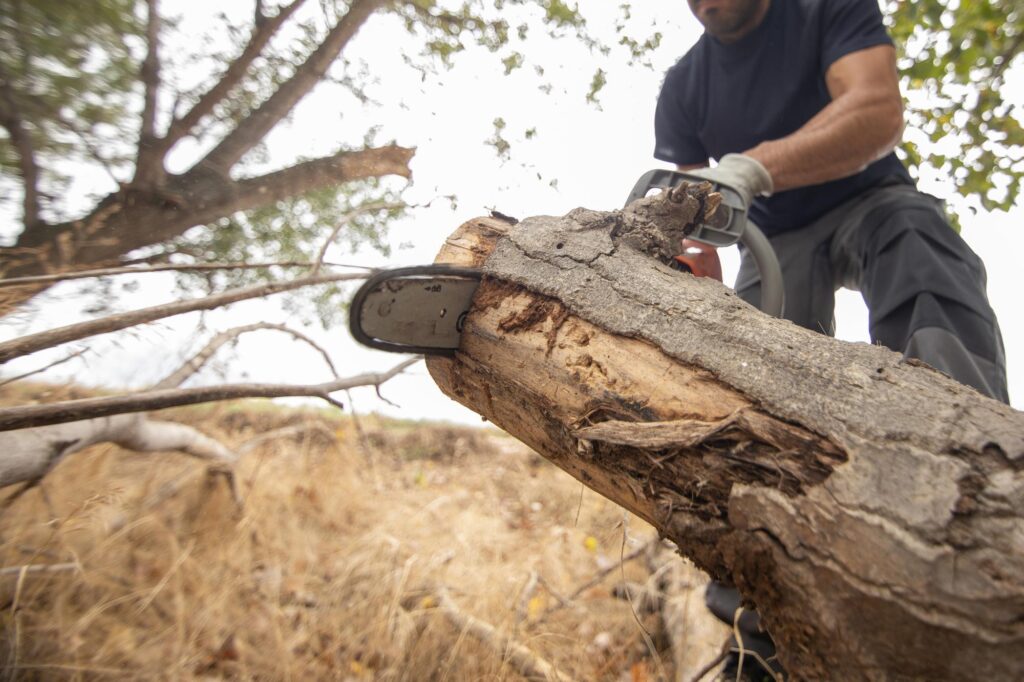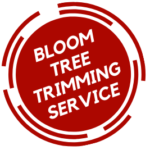Tree Risk Assessment
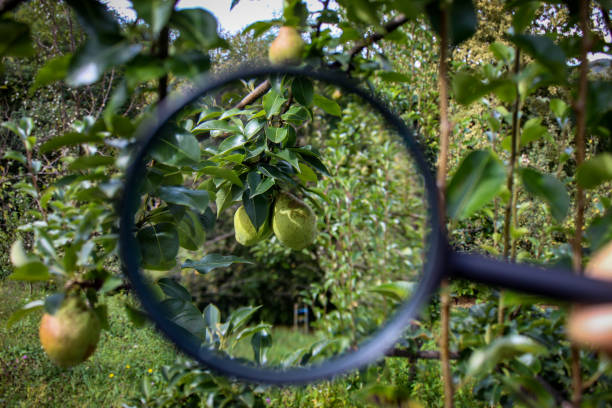
Usually, unhealthy and/or damaged trees may often pose a huge threat to people and the environment. This is the reason a tree risk assessment is imperative to ensuring the safety of your guests, visitors, and employees. We typically carry out an industry-standard tree risk assessment. While abiding by ANSI A300 Part 9, we assess our trees by applying the formula Probability x Consequences = Risk.
Risk Assessment can be divided into 3 Levels
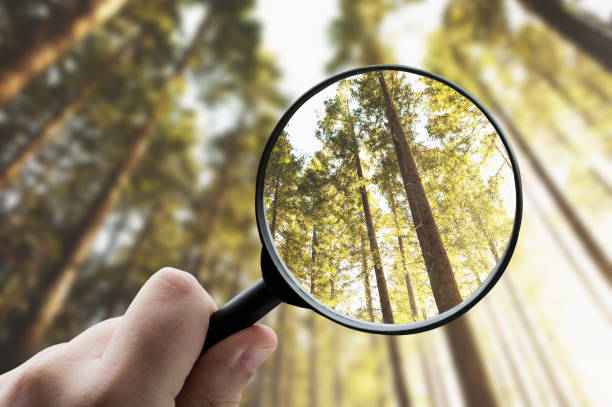
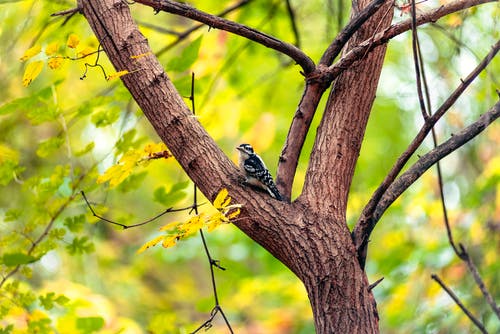
• Limited Visual Tree Risk Assessment
It’s applied if your tree will be viewed from an established, limited perspective. It has restrictions as to which dangers it might identify. This view might include photographs, a foot patrol, a drive-by windshield survey, or an aerial patrol.
• Basic Tree Risk Assessment
It entails looking at the tree’s crown, trunk, and roots to identify structural defects. It‘s a 360°, ground-based visual observation of your tree.
• Advanced Tree Risk Assessment
As you might have guessed, this level involves anything above level 2. It might entail resistance drilling, drone inspection, and tissue testing.
Our tree risk assessments are often inclusive of a Tree Management Plan for business, residential, or even academic campus properties. We also have a team of ISA Tree Risk Assessment Qualified Consultants who are well-prepared to carry out industry-standard tree risk assessments.
Tree Canopy Assessment
We always apply high-resolution remotely sensed imagery combined with LiDAR data to offer sub-meter high-resolution land cover maps. Furthermore, we can use these with other datasets to evaluate the present and possible tree canopy at a range of scales from the parcel to its jurisdiction.
Tree Risk Mitigation
Once possible targets are determined, our consulting arborists will offer a variety of solutions to mitigate damage risks. And these options include– treating the tree, treating the target, and removing the target. Removal is often the last resort if there are no other solutions available.
